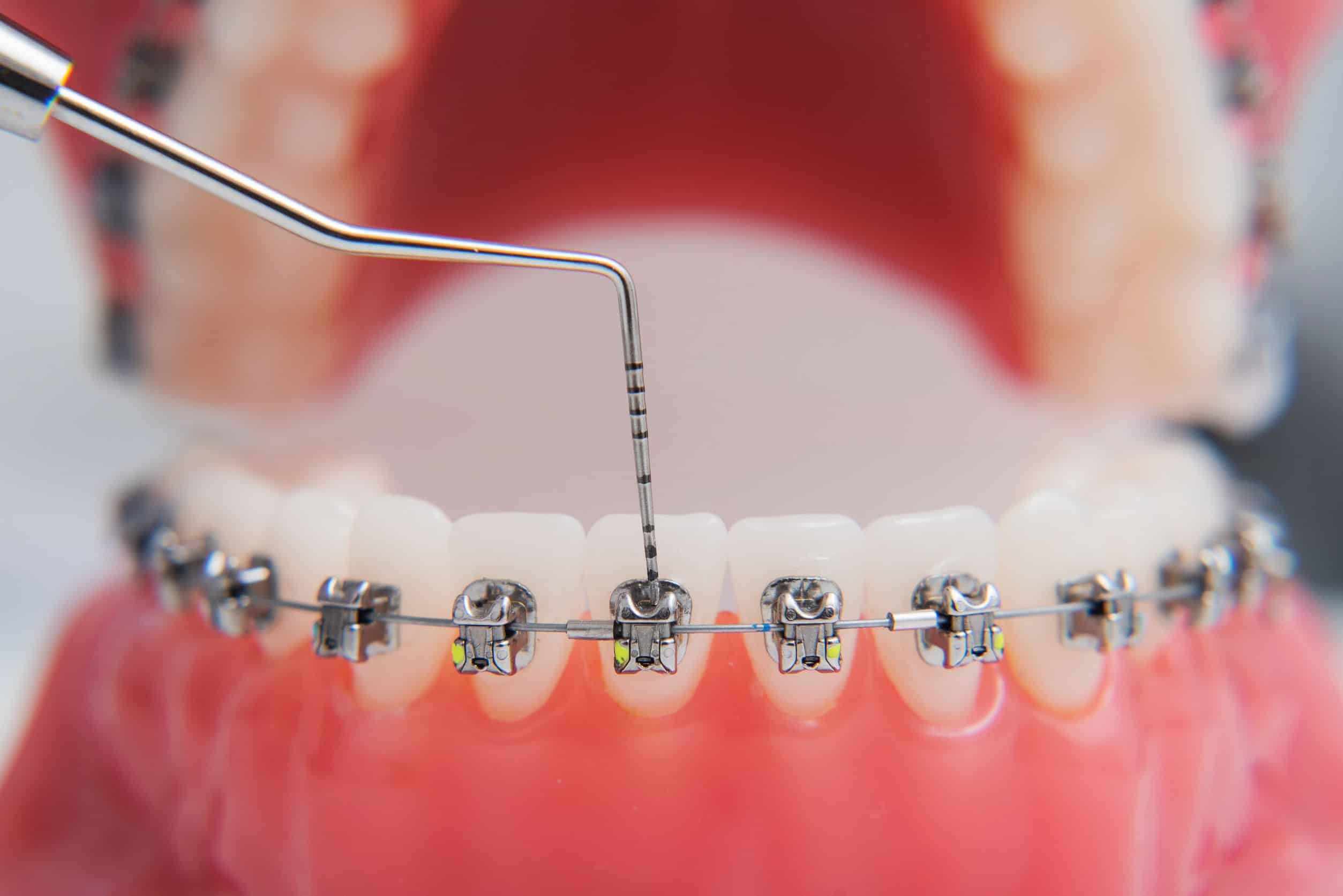The Only Guide to Legacy Orthodontics
Table of ContentsFacts About Legacy Orthodontics Uncovered7 Easy Facts About Legacy Orthodontics DescribedOur Legacy Orthodontics DiariesThe Best Guide To Legacy OrthodonticsLegacy Orthodontics Fundamentals Explained
In enhancement, we offer adjustable therapy schedules, flexible repayment choices and a fun, enjoyable experience.An orthodontist is a dentist educated to detect, avoid, and treat teeth and jaw abnormalities. Orthodontists function with people of all ages, from children to adults.
Malocclusion, or misaligned teeth, can lead to dental concerns, consisting of dental caries, periodontal disease, and challenging or excruciating eating. Not everyone is birthed with straight teeth. If you have a negative bite or big spaces in between your teeth, you may intend to seek advice from a dentist specializing in orthodontic care.
Facts About Legacy Orthodontics Uncovered
( Picture Credit History: DigitalVision/Getty Images) Orthodontists make use of fixed and removable oral devices, like braces, retainers, and bands, to alter the position of teeth in your mouth. Orthodontic treatment is for oral irregularities, including: Uneven teethBite problems, like an overbite or an underbiteCrowded teeth or teeth that are as well much apartJaw misalignmentThe goal of orthodontic treatment is to boost your bite.
A healthy bite guarantees you can eat, chew, and talk properly. While you could think of orthodontists as mostly for youngsters or teens that need braces, they can deal with oral issues at any kind of age. Orthodontists attend university, dental college, and orthodontic college. After graduation, they spend 2 or 3 years in an orthodontic residency program.
All orthodontists are dentists, yet not all dentists are orthodontists. Orthodontic residency programs provide extensive, concentrated guideline for oral specialists. They focus on two locations: Just how to correctly and securely relocate teeth Exactly how to correctly lead growth in the teeth, jaw, and faceOnce an orthodontist has actually completed training, they have the alternative to come to be board accredited.
The Ultimate Guide To Legacy Orthodontics
Imbalance, or malocclusion, is the most common factor individuals see an orthodontist. It is genetic and is the outcome of size differences between the top and lower jaw or in between the jaw and teeth. Malocclusion leads to tooth congestion, a twisted jaw, or irregular bite patterns. Malocclusion is usually treated with: Your orthodontist affixes metal, ceramic, or plastic square bonds to your teeth.
Some individuals require a headwear to help move teeth into line with pressure from outside the mouth. A retainer is a custom device that keeps your teeth in location.
They can develop extra room in the mouth without having to pull teeth. Orthodontists utilize wires, surgical screws, or plates to support your jaw bone.
You might require to see an orthodontist if you have: Crowding or otherwise enough area for every one of your teethOverbite, when your upper teeth come your bottom teethUnderbite, when your bottom teeth are also much forwardSpacing or concerns with gapsCrossbite, which is when your upper teeth fit behind your base teeth when your mouth is closedOpen bite or a vertical gap between your front bottom and top teethMisplaced midline, when the facility of your base and top teeth do not Read Full Article align Remedying a dental malocclusion can: Make attacking, chewing, and talking easierImprove the balance of our face and your overall appearanceEase discomfort from temporomandibular joint disordersDifferent your teeth and make them easier to clean, helping stop dental caries or tooth cavities It's often a dental practitioner that first notices misaligned teeth throughout a routine test.
The Greatest Guide To Legacy Orthodontics

Throughout your first orthodontic consultation, you'll likely have: A dental examPhotos taken of your face and smileDental X-raysPanoramic (360 level) X-rays of your face and headImpressions to create molds of your teethThese tests will certainly help your orthodontist know how to wage your treatment. orthodontist. An orthodontist is a dentist who's had training to treat your teeth and jaw
An orthodontist is focused on your bite, so something like a chipped tooth would certainly be dealt with by a dentist. Orthodontists are focused on your bite, or the way your teeth fit together, and the straightness of your teeth.
Ever before wondered just how celebrities always seem to have perfectly straightened teeth? Orthodontists are dental specialists who focus on correcting abnormalities in the teeth and jaws.
Top Guidelines Of Legacy Orthodontics

, orthodontists have a diverse toolkit at their disposal. These reliable dental braces make use of a system of braces bound to the teeth and connected by cords.
These detachable trays are custom-made to considerably shift the teeth's setting. In cases of slim jaws, palatal expanders can be utilized to create area for appropriate tooth alignment.